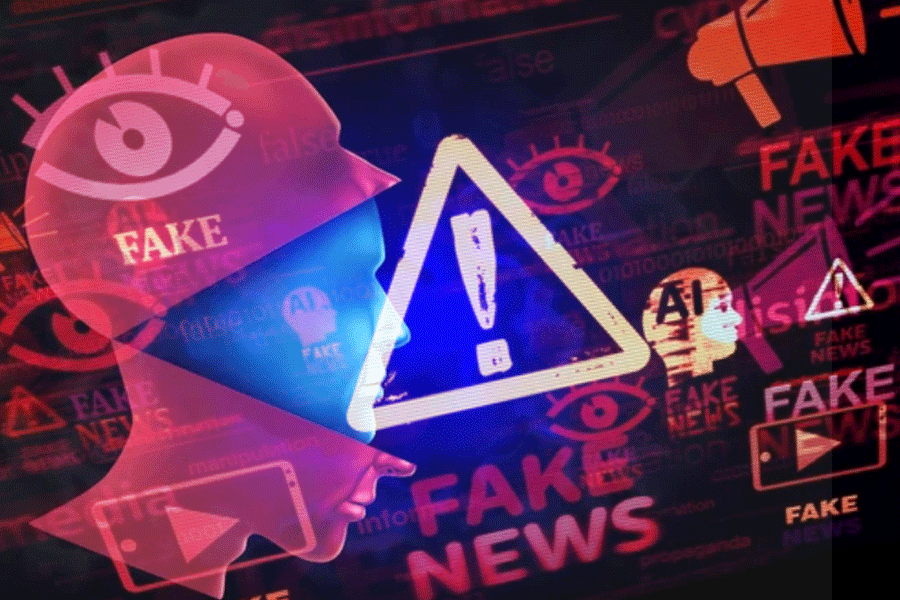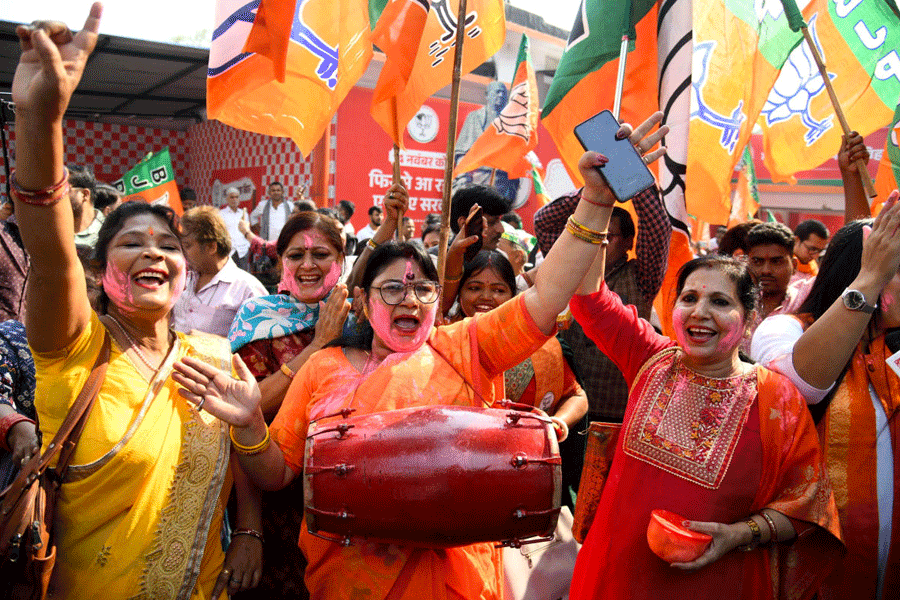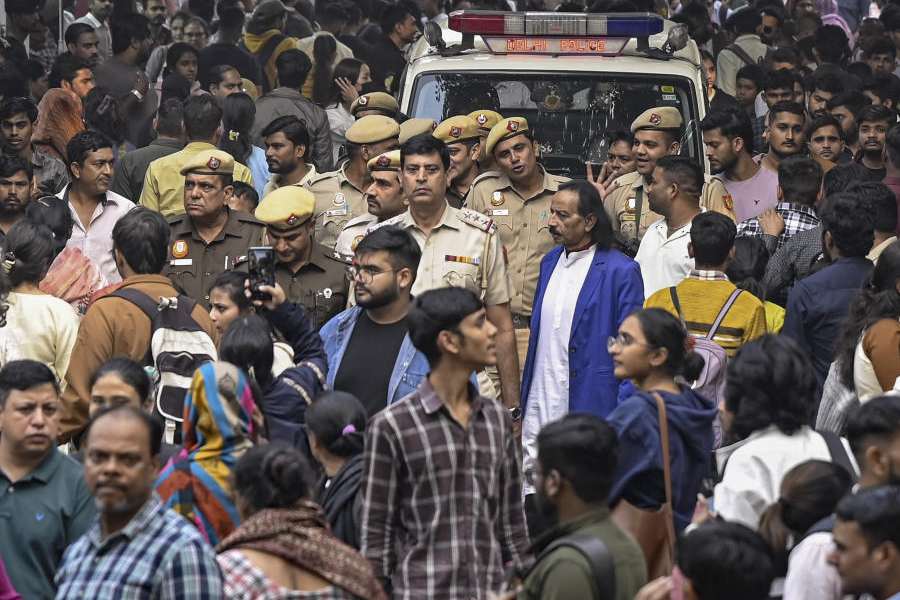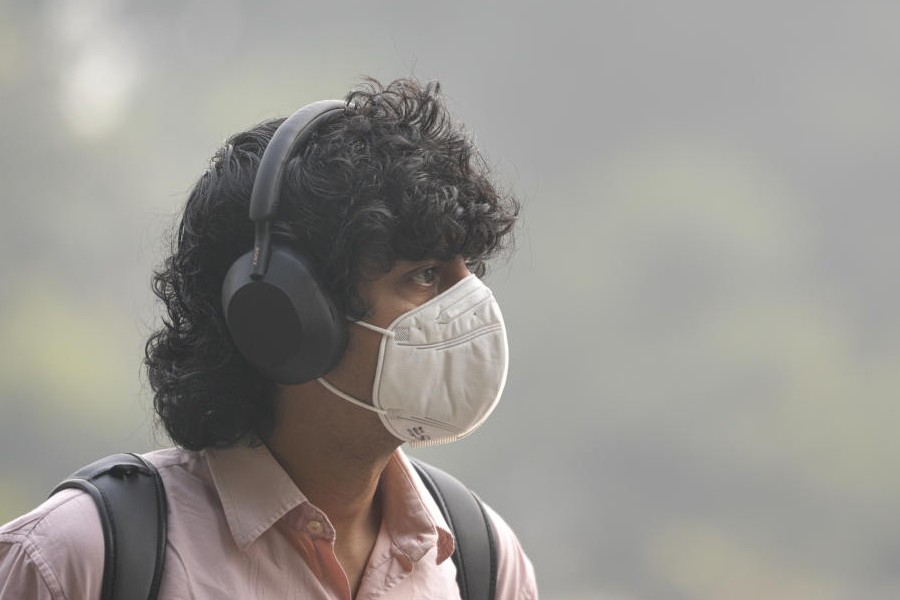In the aftermath of the June 12 Air India plane crash in Ahmedabad, social media was overwhelmed with misinformation.
Fake posts, AI-generated images and videos flooded Instagram and X, triggering confusion, distress and trauma for families of victims.
The most doctored of them all was an image showing a “Boeing 787-8 Dreamliner” crashing into an Ahmedabad building, appearing to leave the aircraft engulfed in a fireball. Shared intuitively across Facebook, X and YouTube, the image was later confirmed by forensic experts to be AI-generated. They cited several inconsistencies – implausible structural damage, physically impossible wing placement and unnatural architectural elements such as mismatched floor counts and repeated window patterns.
Other examples of digital manipulation also added to the unfortunate list. A selfie taken by victims Komi Vyas and her family before boarding the flight was transformed into a fake AI-generated video. This left the family members “deeply traumatic”.
Another video showing violent shaking in a plane was also misrepresented as footage from the doomed AI171 flight. Fact-checkers traced the video to at least December 2024 and linked it to a different aviation incident, possibly involving Azerbaijan Airlines. It bore no connection to the Ahmedabad crash.
Bollywood actor Suchitra Krishnamoorthi faced backlash after reposting a rumour that questioned the lone survivor’s story. She later apologised and clarified that she had shared unverified information.
While the crash brought these issues into sharp focus, other striking patterns of misinformation have also upsetted the apple cart.
Actor and thespian Rohit Basfore’s photo was mistakenly circulated after news broke about the death of another actor — also named Rohit Basfore — who had appeared in The Family Man series.
“I was scared and confused,” he said, recalling the flood of phone calls and online posts. Even a well-known media outlet had used his image in a video. Though some influencers corrected the error when informed, others didn’t respond. “People are in such a rush to post content that they don’t even verify facts anymore,” he added.
Rohit spoke emotionally about the growing lack of sensitivity and accountability on social media, especially during public tragedies. “Using a grieving family’s photo or making AI content out of it for views is deeply disturbing,” he said. The incident left him scared to share even his own photos, but as an actor, he says he doesn’t have much of a choice.
Instagram influencer Taniya Khubchandani Vatsa (@mommydiaries) said she has frequently been the target of impersonation online, with fake pages using her photos and identity to scam others. “People have taken my pictures, doctored them, and created fake profiles. I’ve even had strangers message me thinking we’d spoken, just because someone used my face,” she said.
In one case, her office assistant recently received a scam email under her name, asking for money. Though she regularly reports such issues to Instagram and Facebook, she feels the platforms don’t take effective action. “The copyright process is complicated and rarely leads to anything.”
Taniya believes fake and edited posts spread quickly because people are chasing a quick hit of online attention. “Everyone’s looking for a dopamine fix, even if it means using someone else’s suffering,” she said.
She now avoids sharing live locations and only posts about places after leaving. “Even on our recent Singapore trip, I shared hotel details only after we were on the flight home.”
Pranadhika Sinha, founder of the One Million Against Abuse Foundation, said she faced rape, death threats and targeted abuse simply for existing online. “My social media had work-related photos, and people thought it was okay to harass me and my family,” she said.
In response, she launched Shontu — a satirical but sharp digital movement that exposed online abusers without resorting to slurs or hate. Alongside humour, she used the platform to educate people on how to file cyber complaints properly, preserve digital evidence and take real action. Registered as a trust in 2022, the movement now works closely with ethical hackers and fact-checkers.
Her team’s current efforts involve taking down a fake video that falsely claims passengers shouted “Allahu Akbar” during the recent Air India crash.
“It’s defamatory and fake. We’re working to trace and remove it,” she said.
Her team uses reverse image search and metadata tools to identify original sources and “super spreaders” of misinformation — whether influencers or anonymous accounts. Sinha criticises platforms like X for allowing graphic and triggering content to circulate unchecked. She also highlighted the rise of AI-generated abuse, citing a recent case where a photographer morphed a model’s swimsuit image into nudity and sent it to her with disturbing messages.
“We filed a complaint immediately. But once something is online, it’s often there forever,” she said, stressing on the urgent need for stronger accountability and safeguards.
Whether it's a national tragedy or a case of mistaken identity, the rapid spread of unverified and manipulated content online has real, often irreversible, consequences. What begins as a post for clicks or shares can ripple into panic, grief, reputational harm, or deep psychological distress. For those caught in its path, the damage is not digital — it’s deeply human.










